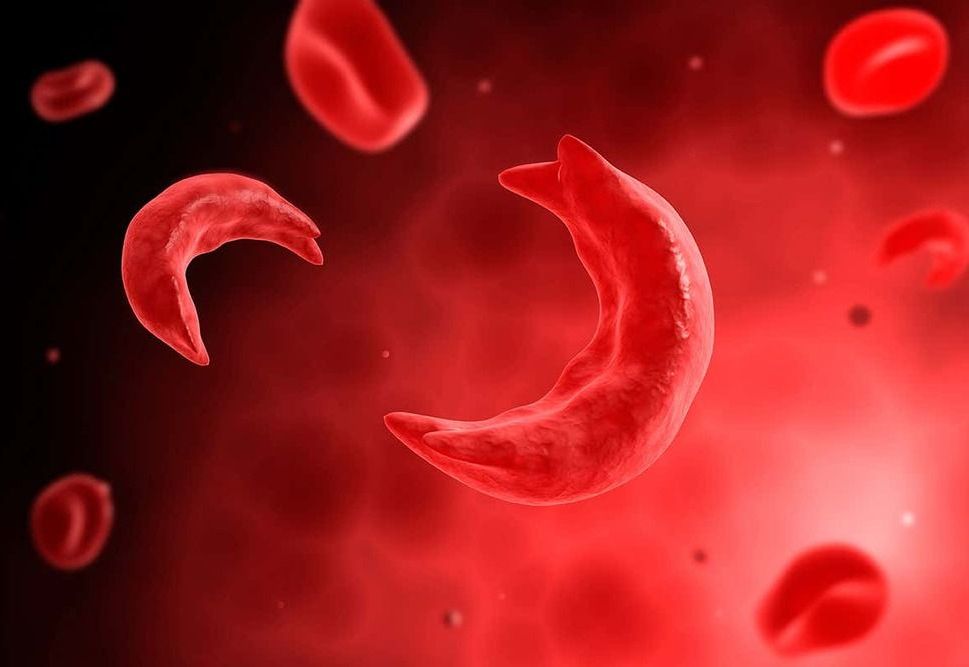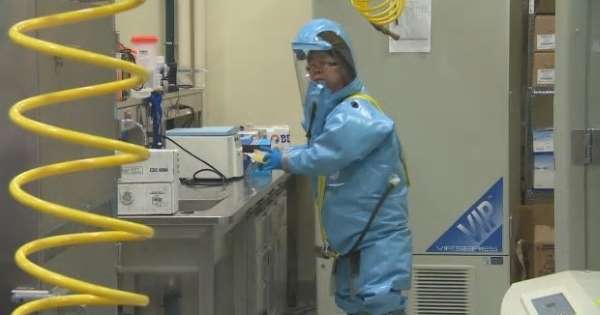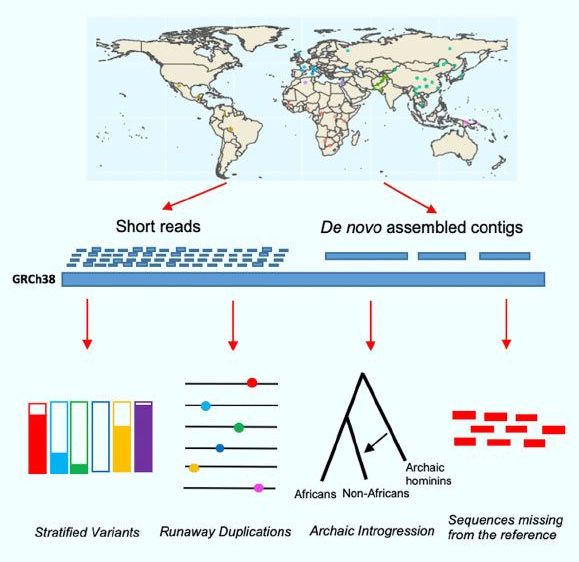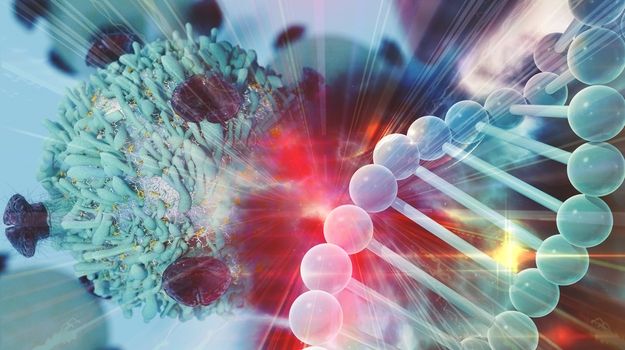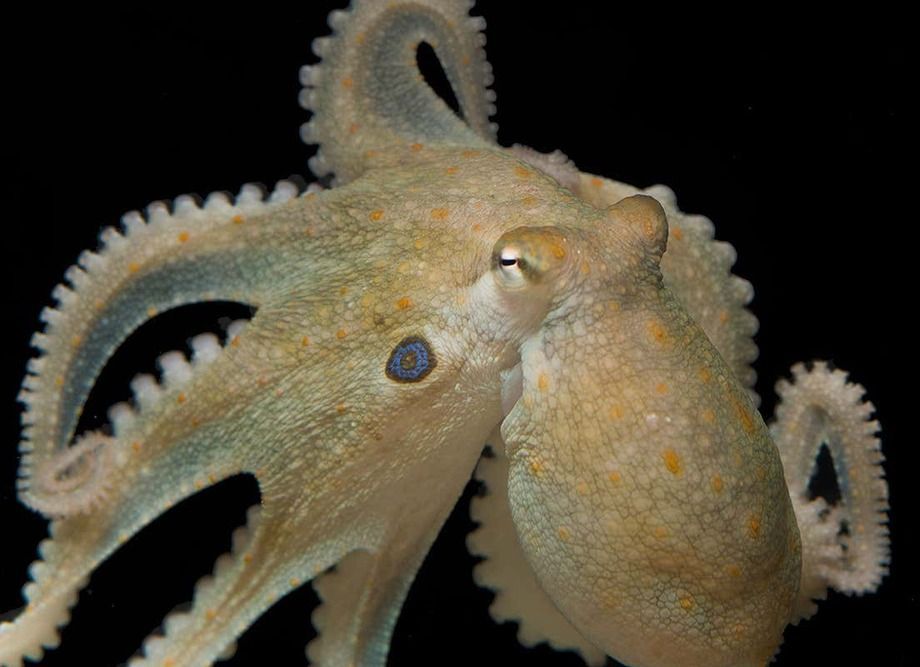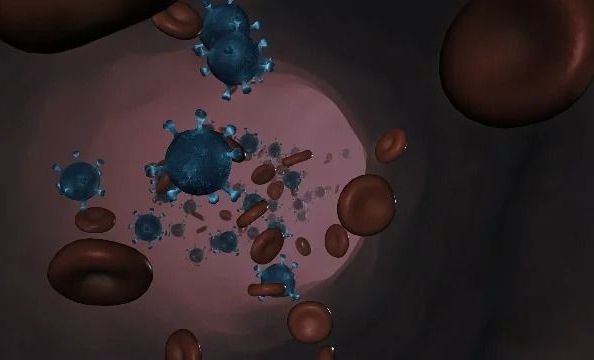“We have a researcher who was removed by the RCMP from the highest security laboratory that Canada has for reasons that government is unwilling to disclose. The intelligence remains secret. But what we know is that before she was removed, she sent one of the deadliest viruses on Earth, and multiple varieties of it to maximize the genetic diversity and maximize what experimenters in China could do with it, to a laboratory in China that does dangerous gain of function experiments. And that has links to the Chinese military.”
Gain of function experiments are when a natural pathogen is taken into the lab, made to mutate, and then assessed to see if it has become more deadly or infectious.
Most countries, including Canada, don’t do these kinds of experiments — because they’re considered too dangerous, Attaran said.
Newly-released access to information documents reveal details about a shipment of deadly pathogens last year from Canada’s National Microbiology Lab to China — confirming for the first time who sent them, what exactly was shipped, and where it went.
The virus shipments are not related to the outbreak of COVID-19 or research into the pandemic, Canadian officials said.
CBC News had already reported about the shipment of Ebola and Henipah viruses but there’s now confirmation one of the scientists escorted from the lab in Winnipeg amid an RCMP investigation last July was responsible for exporting the pathogens to the Wuhan Institute of Virology four months earlier.
